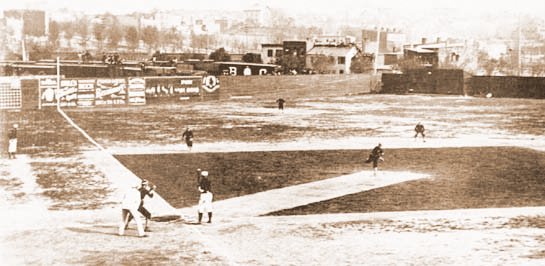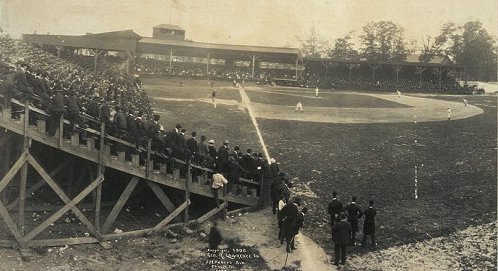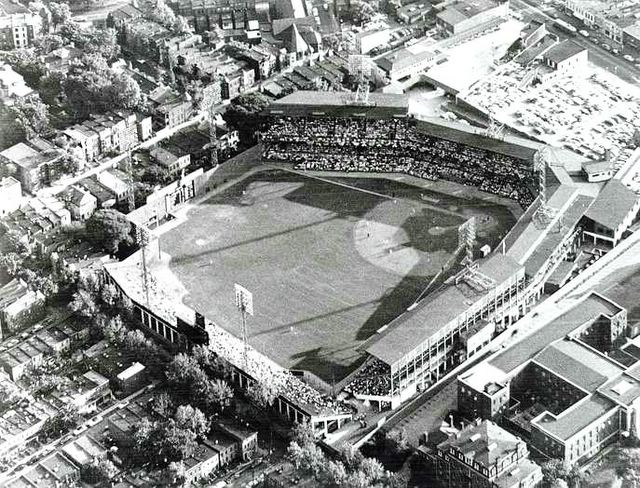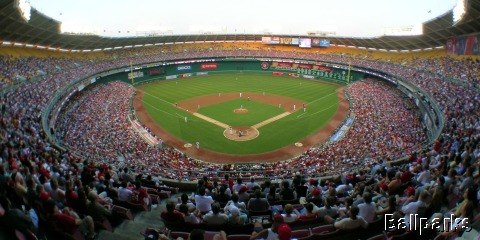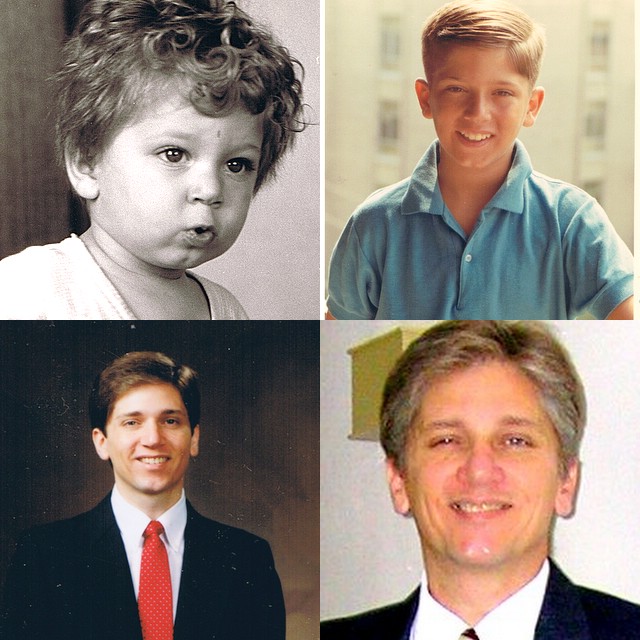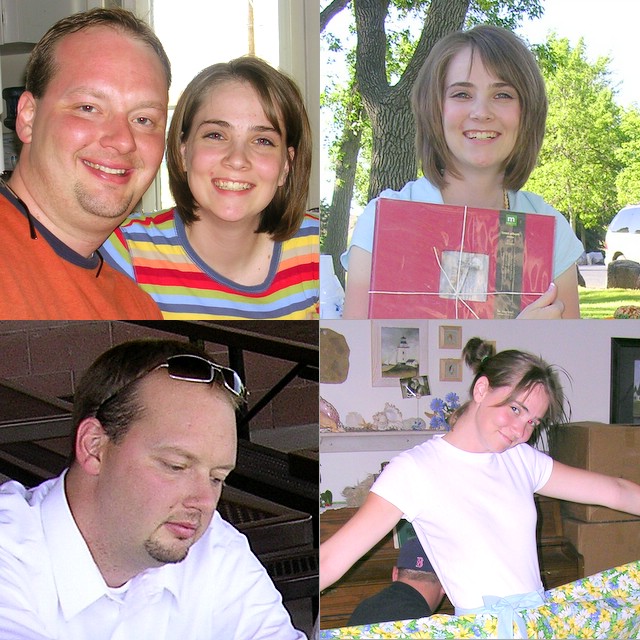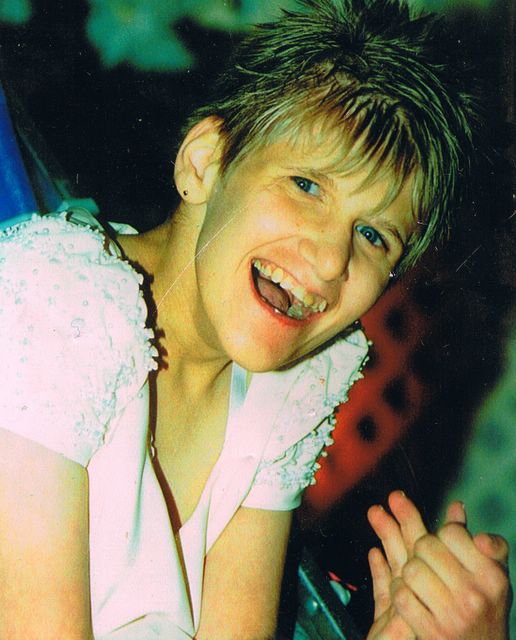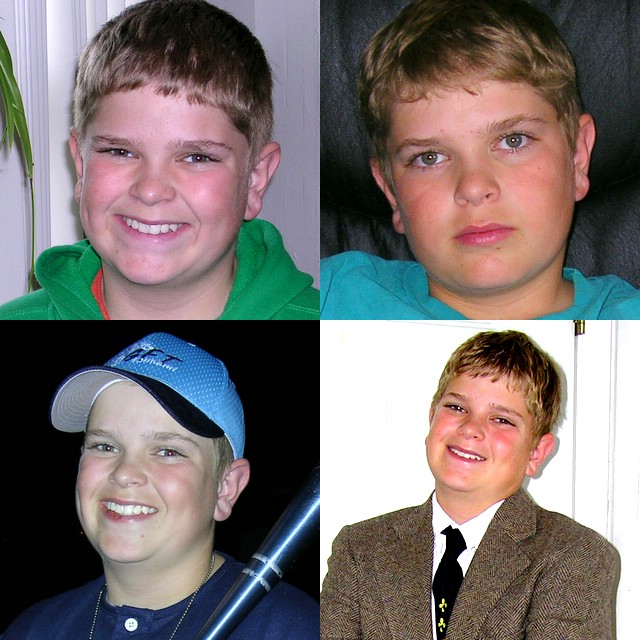The Meaning of Spring Training ...
 [February 17th] -- Over the next week or two, stories about spring training will become a "target rich environment." Professional scribes like Jayson Stark, as well as amateur word-crafters like jammingecono will begin to pen stories about the meaning of spring training. With eloquence, terms like "spring cathedrals" and "memories of my youth" will begin to dot the landscape of baseball blogs and magazines of every make and manner. Craftily worded metaphors will connect baseball to all things right and righteous. Concepts like patriotism and a strong work ethic will flap in the breeze of their pleasant prose. Word-pictures will tell the stories of both the grizzled veteran sweating off his winter fat as well as the chiseled youngster with an ego as vast and as deep as his untapped potential. We will read these stories and they will make us smile, because they will reflect memories of our childhood, a kind of "Field of Dreams" flashback but with real players and real fields and embedded dreams from our youth. And like in the movie, the promise of "If you build it, he will come" still rings true.
[February 17th] -- Over the next week or two, stories about spring training will become a "target rich environment." Professional scribes like Jayson Stark, as well as amateur word-crafters like jammingecono will begin to pen stories about the meaning of spring training. With eloquence, terms like "spring cathedrals" and "memories of my youth" will begin to dot the landscape of baseball blogs and magazines of every make and manner. Craftily worded metaphors will connect baseball to all things right and righteous. Concepts like patriotism and a strong work ethic will flap in the breeze of their pleasant prose. Word-pictures will tell the stories of both the grizzled veteran sweating off his winter fat as well as the chiseled youngster with an ego as vast and as deep as his untapped potential. We will read these stories and they will make us smile, because they will reflect memories of our childhood, a kind of "Field of Dreams" flashback but with real players and real fields and embedded dreams from our youth. And like in the movie, the promise of "If you build it, he will come" still rings true.
For they built it. And I came.
I left D.C. a half-decade after the Senators did. Washington just didn't seem the same after RFK went dark during the city's hot, humid nights. I lived a few years in Denver, watching The Denver Bears play at Mile High Stadium. One night, their second baseman, 35 and old for 'AAA' ball, was given an award at home plate. He had just graduated from law school. When the master of ceremonies asked the player what he was going to do next, he replied that he'd like to manage in the big leagues one day. His name was Tony LaRussa. I joined the Air Force in the late 1970's and spent my first tour-of-duty in Japan, and learned that baseball was indeed a universal language. I saw Sadaharu Oh drive a ball deep over the right field fence at Korakuen Stadium in Tokyo. Following my discharge in the early 1980's, I saw Carl Yaztremksi play at Fenway Park, Carlton Fisk squat behind the plate at Comisky Park, and watched a woeful Mariners' team draw but a handful of fans to the cavernous Kingdome. Kirk Gibson impressed me as he roamed the outfield at Tiger Stadium, covering the same turf that Al Kaline once did. And, of course, there were the games in Baltimore, but I try to forget them as best I can.
As much as I loved watching summer baseball, I desired to experience it's prequel, it's birth, it's beginning. I wanted to experience spring training. Not just a game, or a series, mind you. I didn't want to be baseball's guest; I wanted to be it's neighbor and friend. By 1985, however, it seemed that it would never happen.
I was living in St. Louis, emersed in both mortgage and marriage. My children kept me busy and my job kept me chained to a nine to five routine that never seemed to change. Most every night, Jack Buck and Mike Shannon would send 50,000 wats through my radio receiver, electrifying both me and the city that year.
 My only outlet, as it had been my entire life, was baseball. I was in St. Louis that magical year of 1985 when the two Missouri teams met in the World Series. Bush Stadium rocked with "Whitey Ball," Whitey Herzog's "run and gun" Cardinals that featured solid pitching and seven players capable of stealing 30 bases. The Cardinals, however, weren't really a baseball team. They were a compilation of speedsters who learned how to make a baseball do strange things on plastic grass. Bad, plastic grass. I was saddened by my first view of the field at Busch Stadium. I entered through a portal on the first base side to find that the field wasn't green at all. A decade of abuse by both Cardinal teams and the hot Missouri sun left the first generation Astro-turf a color more resembling white than green. This wasn't baseball. Men in tight double-knit uniforms springing accross an asphalt blacktop covered with a 3/8" pad and a 1/4" turf couldn't be the same sport that once featured heroes in baggy flannels playing on dew covered grass. But it was.
My only outlet, as it had been my entire life, was baseball. I was in St. Louis that magical year of 1985 when the two Missouri teams met in the World Series. Bush Stadium rocked with "Whitey Ball," Whitey Herzog's "run and gun" Cardinals that featured solid pitching and seven players capable of stealing 30 bases. The Cardinals, however, weren't really a baseball team. They were a compilation of speedsters who learned how to make a baseball do strange things on plastic grass. Bad, plastic grass. I was saddened by my first view of the field at Busch Stadium. I entered through a portal on the first base side to find that the field wasn't green at all. A decade of abuse by both Cardinal teams and the hot Missouri sun left the first generation Astro-turf a color more resembling white than green. This wasn't baseball. Men in tight double-knit uniforms springing accross an asphalt blacktop covered with a 3/8" pad and a 1/4" turf couldn't be the same sport that once featured heroes in baggy flannels playing on dew covered grass. But it was.
My daughter Kendi was three at the time. She was severely and profoundly handicapped, and in need of constant care and medical attention. Her mother and I almost lost her just before Christmas. Her fragile little body couldn't handle another St. Louis winter. The doctor broke the bad news in her hospital room. "I'm sure you love living here in St. Louis, Mr. Rushdi, but for the sake of your daughter's health, you need to move to Florida."
Two weeks later, we were on the road. The pavement remained snow covered and the sky remained gray and silent until the Georgia border. By Atlanta, the sky was blue. By Jacksonville, the temperature began to rise. When we pulled into our new driveway in West Palm Beach, it was January. January and 74 degrees. As my wife began to make sense of the boxes and baggage that littered our new home, I made a quick run to the Home Depot by way of the West Palm Beach Municipal Stadium. The gates were open and inviting.
 The grounds crew was milling around the infield, working in new dirt around the third base bag. I took a walking-tour of the complex. There were three batting cages and two regulation size fields. In the back of the complex was two diamonds with no accompanying outfields. "For infield practice" a worker told me. The Atlanta Braves and Montreal Expos shared the facility, and employees from both teams scurried about, painting and hammering, grooming and renovating. It was less than a month before players reported. I returned home and helped my wife unpack. Spring training hadn't even started yet, and I was hooked.
The grounds crew was milling around the infield, working in new dirt around the third base bag. I took a walking-tour of the complex. There were three batting cages and two regulation size fields. In the back of the complex was two diamonds with no accompanying outfields. "For infield practice" a worker told me. The Atlanta Braves and Montreal Expos shared the facility, and employees from both teams scurried about, painting and hammering, grooming and renovating. It was less than a month before players reported. I returned home and helped my wife unpack. Spring training hadn't even started yet, and I was hooked.
I made sure that I didn't start my new job until well after spring training began. I arrived at the complex close to 8:oo every morning and stayed until the players left, usually around 3:00 or so. A very elderly man from New York told me that I'd see more players on the golf course than on the ball field. He laughed as he said it. In his mouth was a pipe with a cigar pushed into it's bowl. I asked him about it. He smiled and winked. In a gravelly voice worn rough by a life fully lived, he said in the most stereotypical of New York accents, "My doctor, he said that never again a cigar should touch my lips. On that day, he said, I should die." He bent his head a little to the left and finished, saying, "Kid, it 'aint touching my lips." That was his last spring training.
One day, I had just gotten out of my car, and was heading towards the right-field fence when I saw Bobby Cox, then the Braves general manager, pull up next to me. "Hiya Bobby!" I shouted. He paused and looked at me, then broke into a toothy smile and waved as he walked towards the players entrance. He was five years away from winning his first championship with the Braves. Another day found Dale Murphy surrounded by a throng of star-struck kids. He signed and signed until they all left with their small pieces of baseball history. He looked up at me and smiled, looking for something to sign. He cocked his head and took a second look and said, "Don't I know you?" Dale Murphy and I attended the same church. He had seen me there. Once. And he remembered. He asked me how my daughter was doing. He remembered she was in a wheel chair. He asked if he could help give her a blessing. Later that day, He hit a 470 foot home run off of Tippy Martinez of the Orioles. I saw him at church that Sunday.
 "Aw, he just got it up a bit" was all Murph would say.
"Aw, he just got it up a bit" was all Murph would say.
I visited Ft. Lauderdale and watched the Royals take on the Yankees. I saw George in the owner's box. Charley Leibrandt was warming up for Kansas City in the 6th inning. At that time, the bullpen was along the left field fence next to the stands. The pitcher's rubber was four feet from the fence. As I leaned against the chain-link, I could have reached out and touched him on the shoulder. He pretended I wasn't there. I pretended I was him. I saw the Reds in Plant City, and the Twins in Orlando. I took in many Expos games in West Palm as well. Watching the games was fun, but watching the practices was even better. I saw a tall 25 year old pitch six solid innings against the Orioles. He struck out six and walked one, giving up only a run scoring double. His name was Randy St. Claire, the current pitching coach of the Nationals.
 In the third inning of a game in Orlando, I left my wife for a few moments to use the rest room. On my way back, I stopped and asked the blue-haired lady in the concession stand if they sold "authentic" Twins caps. She said no. As I turned to walk away, an athletic young man asked me if I wanted the "real thing." "Sure," I said. He walked me towards the clubhouse door, which was a simple metal door along the side of the stands at Tinker Field. He opened it and motioned me inside. It was the middle of the game and no one was there. He pulled a uniform out of a locker and grabbed a hat that was emblazoned with the "O" "T" logo for the Orlando Twins. The jersey belonged to a Minnesota Twins player. "I'll give you both for $25" said the young man. "Won't they be missed?" I asked. "Ah, I'll tell 'em someone stole them." I returned to my seat with a brown paper bag that contained my prizes. The jersey number was 21. To this day, I have been afraid to look up whose jersey I stole / purchased. Somethings are better left unsaid.
In the third inning of a game in Orlando, I left my wife for a few moments to use the rest room. On my way back, I stopped and asked the blue-haired lady in the concession stand if they sold "authentic" Twins caps. She said no. As I turned to walk away, an athletic young man asked me if I wanted the "real thing." "Sure," I said. He walked me towards the clubhouse door, which was a simple metal door along the side of the stands at Tinker Field. He opened it and motioned me inside. It was the middle of the game and no one was there. He pulled a uniform out of a locker and grabbed a hat that was emblazoned with the "O" "T" logo for the Orlando Twins. The jersey belonged to a Minnesota Twins player. "I'll give you both for $25" said the young man. "Won't they be missed?" I asked. "Ah, I'll tell 'em someone stole them." I returned to my seat with a brown paper bag that contained my prizes. The jersey number was 21. To this day, I have been afraid to look up whose jersey I stole / purchased. Somethings are better left unsaid.
When my daughter's health permitted, my family left Florida and relocated to the mountains of SouthEast Idaho. I can't say that I necessarily miss spring training, because I saw all there was to see, did all there was to do, and learned all there was to learn about the shadow-side of baseball's annual rebirth. It was a joyous time, though. Spring training touched my heart as I thought it would, and allowed me to understand baseball from a uniquely different perspective. I was able to observe first hand not the joy on the face of the fans, but on the players themselves. They were the kids, they were the ones living vicariously through their heroes as they did when they were little. The smiles never left their faces.
Spring training was everything I hoped it would be. Fans and players were friends. 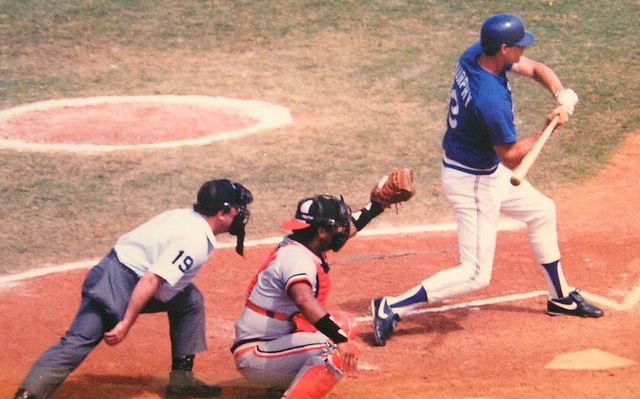 More than once I saw a player having a catch with a young fan in the stands. Memories that would last a lifetime were created a hundred times a day in a dozen cities throughout the state. I don't want to go back, though. My spring training doesn't exist any more. Today's spring training is carefully choreographed and sold to the highest bidder. Tickets are priced not for the average fan but for the "exclusive" groupy-fans that follow them each February. My spring training was innocent and open to the public for free. The stands were full with fans both too young, and too old to drive. No longer is the game available to the average pensioner. My game day was about $4.00; $6.00 if you include the dog and the Coke.
More than once I saw a player having a catch with a young fan in the stands. Memories that would last a lifetime were created a hundred times a day in a dozen cities throughout the state. I don't want to go back, though. My spring training doesn't exist any more. Today's spring training is carefully choreographed and sold to the highest bidder. Tickets are priced not for the average fan but for the "exclusive" groupy-fans that follow them each February. My spring training was innocent and open to the public for free. The stands were full with fans both too young, and too old to drive. No longer is the game available to the average pensioner. My game day was about $4.00; $6.00 if you include the dog and the Coke.
It was the cheapest memories I ever purchased. And they were the best.
Anyway, thanks for sharing these golden memories of Spring Trainings past with those of us in the Nats blogosphere.
<< Home









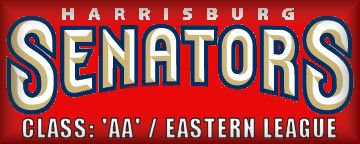
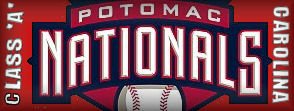

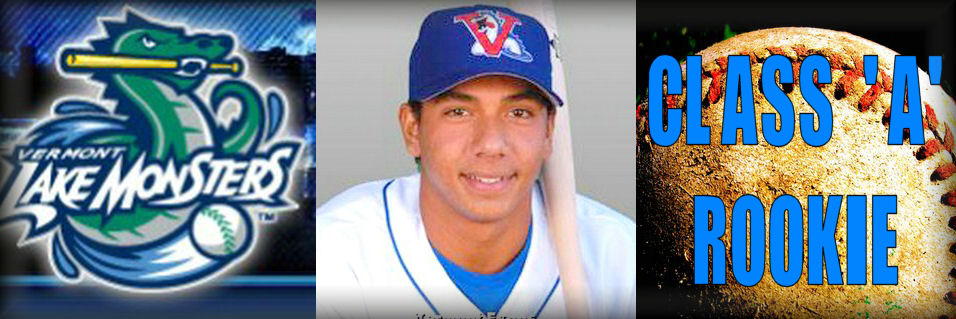











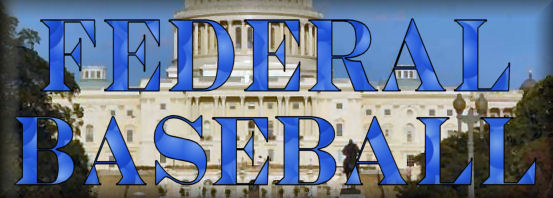



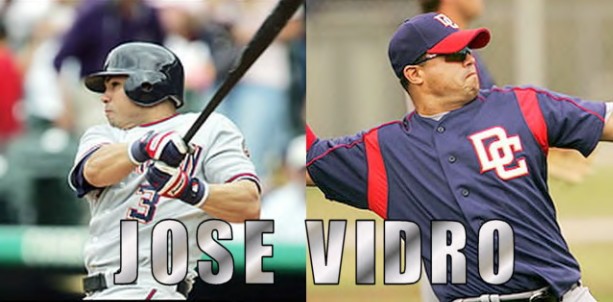




















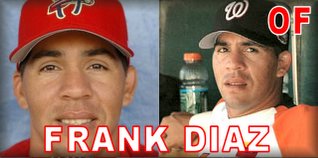

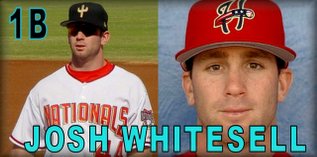
 3) 1926 (road) --- 4) 1936-'37, 1948-'51
3) 1926 (road) --- 4) 1936-'37, 1948-'51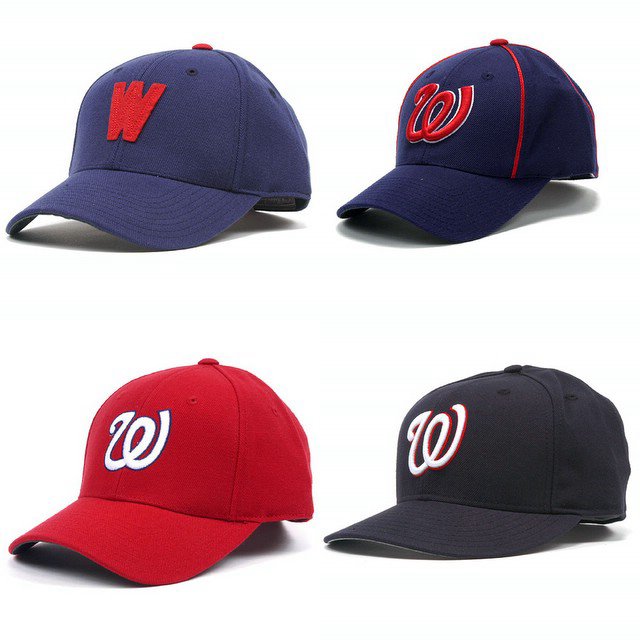 3) 1968 - '71, and 2005 (home) --- 4) 2005 (road)
3) 1968 - '71, and 2005 (home) --- 4) 2005 (road) Buddy Meyer --- Walter Johnson
Buddy Meyer --- Walter Johnson Ed Yost --- Muddy Ruel
Ed Yost --- Muddy Ruel Roger Peckinpaugh --- Joe Cronin
Roger Peckinpaugh --- Joe Cronin Del Unser --- Darold Knowles
Del Unser --- Darold Knowles Ed Stroud - Mike Epstein
Ed Stroud - Mike Epstein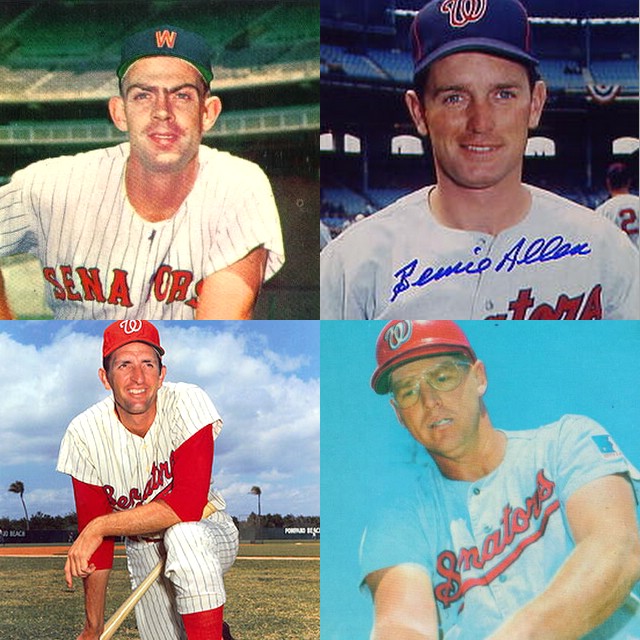 3)1968 -- 4)1969 - 1971
3)1968 -- 4)1969 - 1971